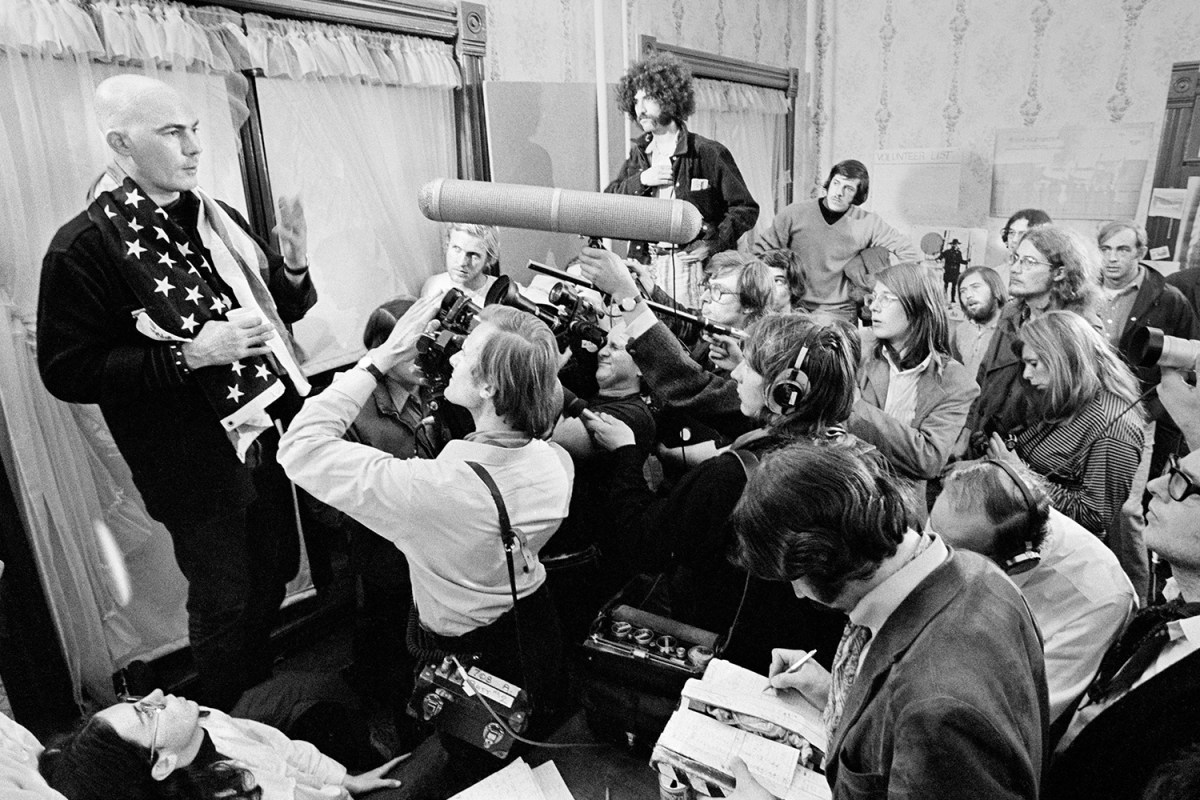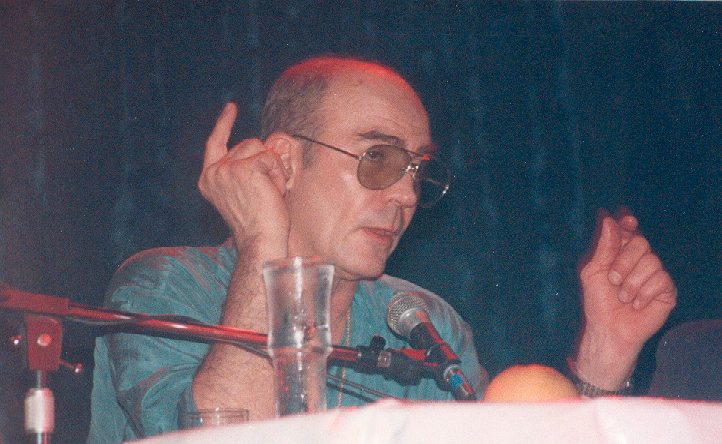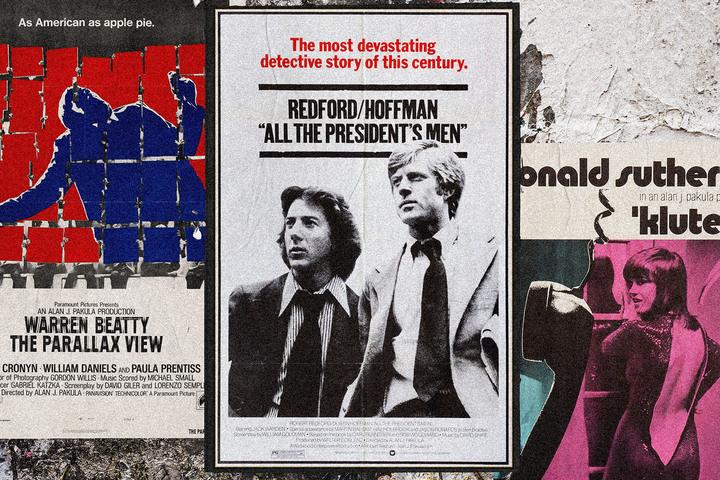Hunter S. Thompson was much more than just the journalist who pioneered “gonzo” journalism through immersive first-person works like The Rum Diary and Fear and Loathing on the Campaign Trail. In fact, he once had a campaign of his own — when he ran for county sheriff in the pristine, patrician ski village of Aspen, Colorado, in 1970.
That campaign — including a trove of never-before-seen footage — is now the subject of a new documentary called Freak Power: The Ballot Or The Bomb. It’s a tale of classic Nixon-era angst, with Thompson pushing for change in a time when “stability” was the guiding principle in American politics. Some might even say nothing has changed, and that Thompson’s maverick libertarianism reflects a dissatisfaction with mainstream politics that still resonates with many disenfranchised Americans in 2020.
This fight for justice came after the Kennedys were assassinated, and when the civil-rights movement was a hotly debated topic. Thompson’s campaign was radical to say the least, and though he ultimately lost the election by 300 votes, his progressive agenda still served to make Aspen a more liberal, community-oriented and inclusive place. His goal was to fight corruption and police brutality in Colorado, but it sent waves across the country.
The film is co-directed by Daniel Joseph Watkins and Ajax Phillips, two Aspen natives who started this project after uncovering over 40 rolls of 16mm undeveloped film from Thompson’s sheriff campaign, as well as undeveloped photos. They pieced together the vintage photos and film clips with their remaining audio tracks to tell the story of Thompson’s hyperlocal activism amid a time of upheaval, with riots and protests erupting across the country.
Fifty years later, the tale feels as relevant as ever. As Gonzo artist and frequent Thompson collaborator Ralph Steadman says in the film, “Hunter loved America and believed in America. He always wanted to find a way to make it work. In Fear and Loathing in Las Vegas, he goes looking for the American dream and he realizes he can’t find it because it doesn’t exist.”
Below, we chat with Watkins — who is the director of Gonzo Gallery in Aspen and is spearheading an exhibition of Gonzo-related art at the Poster House in New York City in March — about Thompson’s legacy, political theater and his run-ins with the FBI.
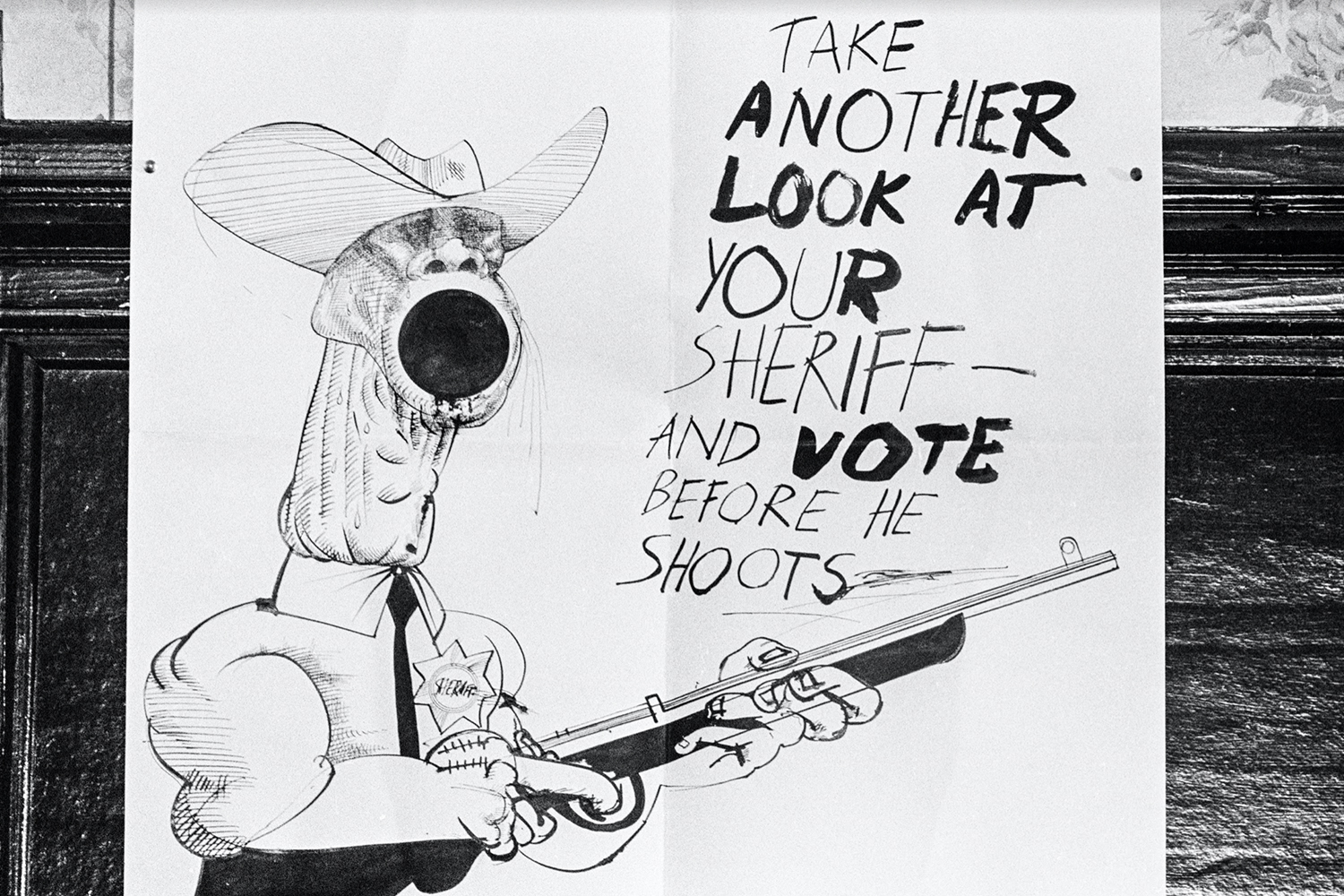
InsideHook: The film began with a book you wrote, so how did the book begin?
Daniel Joseph Watkins: It started with the political art of Tom Benton (Thomas W. Benton), his posters, in 2011. I wrote a book about him; he was friends with Hunter. It led to a book I wrote called Freak Power: Hunter S. Thompson’s Campaign for Sheriff in 2015, and the film came to life after we found all this footage in 2018.
Where did you get the footage?
Robert E. Fulton, the filmmaker who shot the footage, unfortunately died in a plane crash in 2005. His estate put all his stuff in a vault and didn’t really look at it for years. His daughter was good friends with Aspen’s sheriff. I was at the Woody Creek Tavern and I came to see the footage through a mutual contact, digitized it and used it for the film. The footage was in Los Angeles, it was like a treasure hunt trying to find all these pieces of the puzzle. We had a lot of video with no audio, we had a lot of audio with no video. Matching up audio and video unlocked conversations we used in the film.
What type of shape was the film in when you found it?
When we got our hands on the footage, we couldn’t even look at it. We had to send it to specialists who said: “Wow, 50-year-old film.” Some of it disintegrated as they developed it. Other reels turned out great, or not at all. It took a year of developing the film and scanning all the photo negatives. There were 5,000 film negatives we scanned to work with — the photographers were friends with Hunter, so they got a backstage pass and followed him around.
Why was it left undeveloped for so long?
Probably because Hunter lost the election, he was weird and that the footage wasn’t all that great. They probably thought, “He lost, let’s just move on.” He was moderately known, but this was before Fear and Loathing. It probably just got moved to the backburner. He used the experience to write Fear and Loathing on the Campaign Trail. He was an idealist, in a way. Later, he became more cynical and bitter.
Do you think his campaign was “gonzo”?
I do, but one of the things people might say before watching this film is, “I want to see the crazy antics.” The material we have shows a serious and coherent side of Hunter. There are a few times where it’s definitely gonzo, but this film shows a different side of Hunter S. Thompson. The gonzo side hadn’t fully formed yet. Here, he was hopeful. I wonder, when did he go gonzo? It was the summer of 1970 when he covered the Kentucky Derby with Ralph Steadman [for a story that would become “The Kentucky Derby Is Decadent and Depraved”].
How is Freak Power relevant now in 2020?
We wanted to make a radical, political documentary, but as things started happening with George Floyd and the Black Lives Matter protests, we re-edited the film based on that. When the National Guard was called to Portland and civil unrest, Hunter S. Thompson was talking about it in the film. It’s almost like history was repeating itself from 1970 to 2020, from backroom politics to voter repression. It resonates. But the messages are timeless. These issues can be talked about in any time to talk about America.
Why did Thompson have a photo of FBI director J. Edgar Hoover in his campaign office?
He did. One of the most interesting parts of the film is that J. Edgar Hoover, the FBI director at the time, had a file on Hunter S. Thompson, he even wrote: “Let’s keep an eye on this guy.” The photo of Hoover was in the background of a portrait of Thompson that The New York Times took when featuring the campaign. A lot of Thompson’s FBI file was destroyed, but they started to watch him in the 1960s after he started writing for a “communist magazine” and was added to the list.
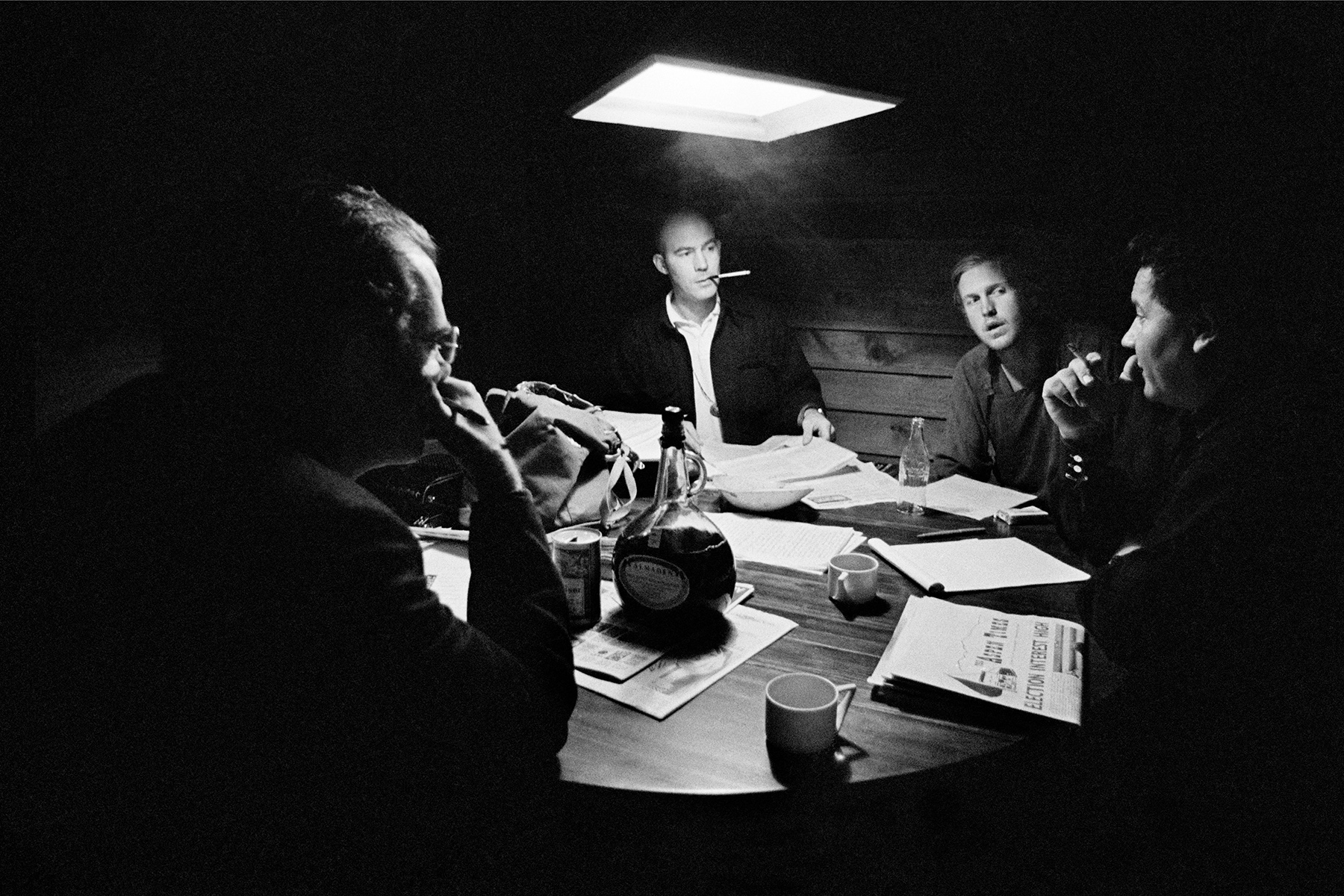
Does this film capture what life was like in the Nixon era?
That time period was so volatile, thought leaders were killed. There were assassinations. People who did speak out, died. That’s an interesting storyline, as Thompson’s paranoia was legendary. But what he was dealing with, he wasn’t paranoid.
In the film, he’s threatened with having dynamite blow up his house if he doesn’t pull out of the race …
We couldn’t believe half the stuff we saw in the footage; the last few days of the campaign were truly out of this world.
Do you think Hunter actually wanted to win the election?
I think he did. He got swept up in it. When it started, it was a joke. But it got more serious, the more he got into it. Hunter always said politics was a kind of drug. Its also probably a good thing he didn’t win. He went to Las Vegas and became the world-famous journalist behind Fear and Loathing. If he did win and became sheriff, he would have had a lot of problems. When he loses, he genuinely appears gutted.
Why was Thompson important, in your eyes?
He made things exciting. He understood the power of the visual and the power of theater, I think that all played into what he was doing. It makes you realize we need more inspiring leaders. Politics can be exciting. Hunter made the campaign entertaining for viewers, from costumes, wearing an American flag on his shoulder, shaving his head and wearing shorts to a debate, played into the idea of political theater.
What point was he trying to prove?
The most revolutionary thing he did was prove that even though he didn’t win, [his campaign] changed the community in Aspen, the political process. Some people are scared to get involved in politics; they don’t think they can make any change. But what I wanted the film to show is inspire people to get involved in politics, to run for office. If Thompson could run for sheriff as an outlaw, basically anything is on the table for anybody. I also wanted to show a different side of Thompson. There’s an appreciation for Hunter the “wild man,” but while people love his persona, they’ve never read his books. It shows how talented and inspiring he was, rather than the drugs and guns side of things. It emboldened him.
Watch Freak Power on GooglePlay, YouTube, Amazon, iTunes and Vimeo, check out their online shop (and their very iconic Freak Power flags).
This article appeared in an InsideHook newsletter. Sign up for free to get more on travel, wellness, style, drinking, and culture.
